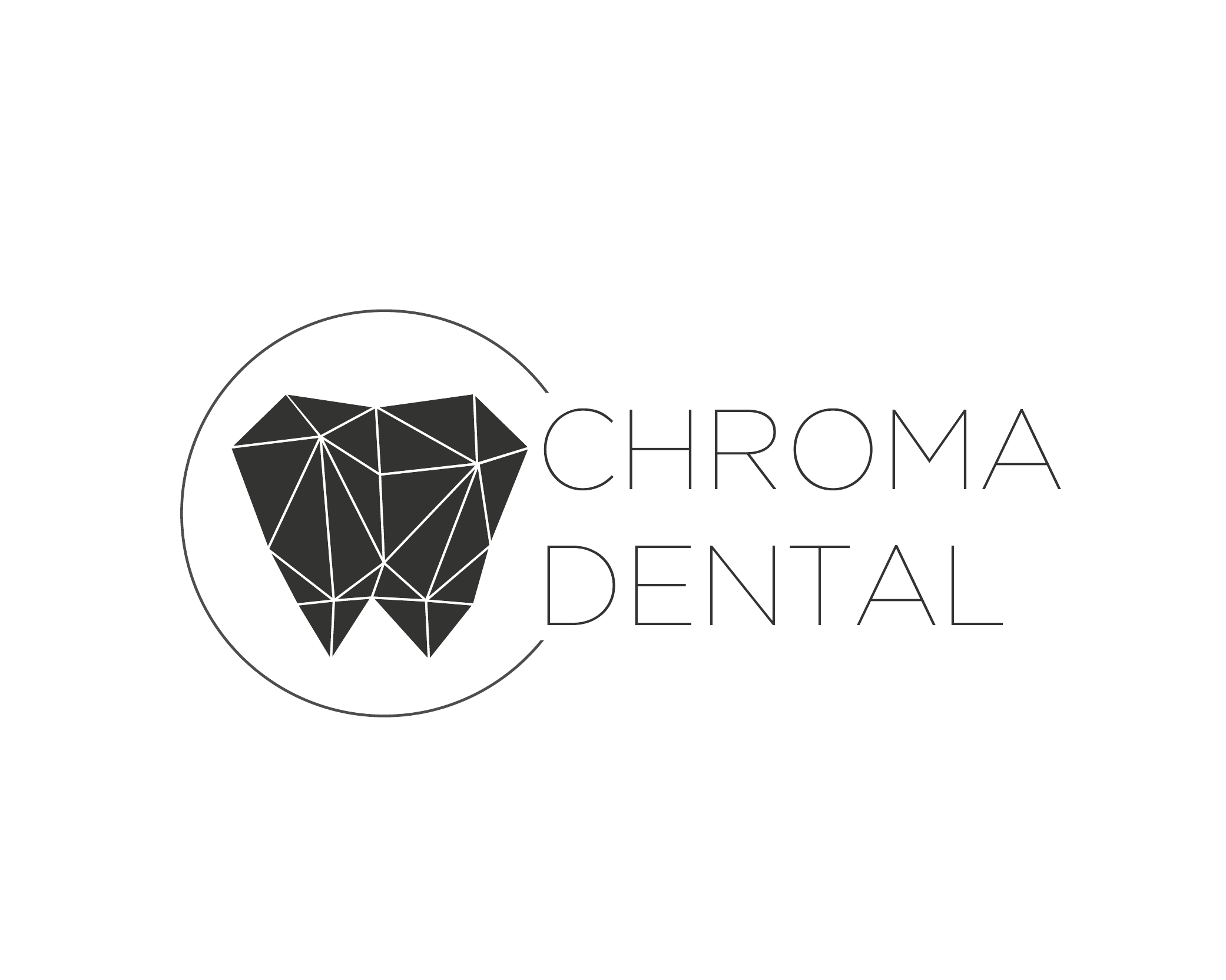Good home care is the foundation of a healthy mouth, but even the most careful brushing and flossing miss tight contact points and the crevices just below the gumline. Professional dental cleanings are designed to complement daily routines, removing hardened deposits and bacterial buildup that can’t be addressed with a toothbrush alone. Regular visits give patients a chance to reset their oral health and let clinicians catch small issues before they become more involved problems.
Plaque is a living film of bacteria that accumulates on tooth surfaces and along the gumline. When left in place, plaque mineralizes into tartar (calculus), which bonds to enamel and creates a protected environment for bacteria. Removing these deposits reduces the microbial load in the mouth and lowers the chances of gum inflammation and decay.
Gum inflammation in its early stages can be reversed with thorough cleaning and better home care. When cleaning sessions are performed routinely, they also allow clinicians to monitor tissue health and intervene if deeper treatment is needed. In this way, professional cleanings are a preventive strategy that supports both short-term comfort and long-term function.
Beyond teeth and gums, research links oral inflammation with broader health concerns. While cleanings are not a cure-all, keeping the mouth free of excessive bacterial buildup is one practical way to support overall wellbeing—and it gives clinicians a reliable snapshot of a patient’s oral status at regular intervals.
A typical appointment begins with a brief evaluation of your mouth: the hygienist checks for signs of inflammation, measures gum pocket depths when appropriate, and notes areas that need special attention. This assessment helps guide the cleaning and informs any recommendations the team may make for follow-up care.
Most cleanings use a combination of ultrasonic scaling and hand instruments. Ultrasonic scalers dislodge deposits with gentle vibrations and a cooling water spray, while hand instruments allow precise removal around delicate areas. After calculus and plaque are removed, the hygienist polishes the teeth to smooth surfaces and eliminate superficial stains, which also helps slow future buildup.
Before you leave, many patients receive individualized advice on brushing technique, interdental cleaning, and lifestyle choices that affect oral health. If additional treatment is indicated—such as deeper periodontal therapy or restorative work—the team will explain options and next steps so you can make informed decisions about your care.
Discomfort during cleanings is uncommon, but sensitivity and anxiety are legitimate concerns for many patients. Hygienists are trained to work at a pace that minimizes irritation, using gentle strokes and frequent breaks when needed. Communicating preferences and sensations during the visit helps the team tailor the experience for greater comfort.
For localized sensitivity, topical anesthetic gels can numb specific areas so scaling is more tolerable. Patients who experience more widespread discomfort may benefit from a short-acting local anesthetic or other comfort measures discussed before treatment. The goal is to provide a thorough cleaning while preserving patient comfort and trust.
Simple scheduling strategies—choosing a time of day when you’re less rushed or during periods of lower anxiety—can also make a difference. Consistent, gentle cleanings tend to reduce overall sensitivity over time because healthy gums are less prone to painful reactions than inflamed tissues.
For patients with healthy gums, routine cleanings help maintain that status and reduce the chance of future problems. For others who have early or established periodontal disease, cleanings become part of a broader maintenance plan that includes more frequent visits and targeted therapies. The frequency and intensity of care are personalized based on clinical measurements and overall risk factors.
When pocket depths or bleeding are present, clinicians may recommend additional procedures to manage bacterial reservoirs below the gumline. Early intervention often reduces the need for more invasive treatment later, which is why regular monitoring and professional maintenance are so important for at-risk patients.
Maintenance cleanings are also an opportunity to reinforce habits that support periodontal stability—proper home care, smoking cessation, and management of systemic conditions that affect oral health. The clinic team works with each patient to create a realistic plan that supports lasting results.
Professional care and home care are a team effort. Brushing twice a day with a fluoride toothpaste and using an interdental cleaner—floss or an interdental brush—once daily removes plaque from areas a toothbrush can’t reach. Small, consistent habits between appointments are the single best way to extend the benefits of a professional cleaning.
Dietary choices and lifestyle also influence how quickly deposits return. Reducing frequent snacking on sugary or highly acidic foods, staying hydrated, and avoiding tobacco can all help slow the rate of buildup. When appropriate, clinicians may suggest adjuncts such as antimicrobial rinses or specific oral care products to address individual needs.
Keeping a simple log of what works—times of day you brush, what tools you used, and any sensitivity you notice—can be a useful discussion point at your next visit. These notes allow the dental team to make precise, personalized recommendations that improve outcomes over time.
Regular dental cleanings are a practical, evidence-based way to protect teeth, preserve gum health, and support overall wellness. At Chroma Dental, our goal is to combine gentle technique with clear guidance so patients leave appointments informed and comfortable. If you’d like to learn more about our cleaning protocols or how often you should be seen, please contact us for more information.
